Tourist traps are like bad knees. Everyone over 50 has experienced them.
Idaho specializes in attractions that promise the moon but deliver a potato.
I’ve driven hundreds of miles for “breathtaking views” that barely warranted a glance.
I’ve paid premium prices for experiences that wouldn’t impress my grandkids.
These 20 tourist traps represent the finest collection of mediocrity the Northwest has to offer.
1. Boise River Greenbelt, Boise
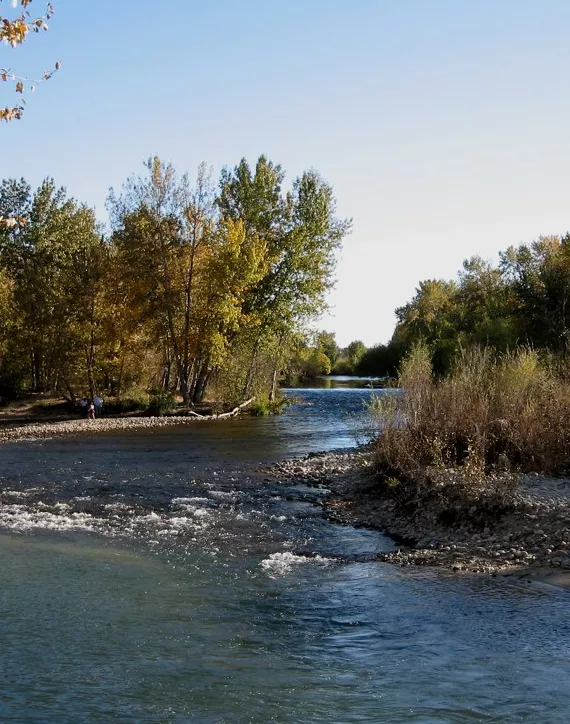
The Boise River Greenbelt is heavily promoted as a must-see urban attraction featuring 25 miles of pathways along the Boise River.
Tourism materials emphasize it as perfect for walking, cycling, and connecting with nature in the heart of the city.
Sections of the Greenbelt are overcrowded with cyclists who treat it like a highway rather than a leisurely path.
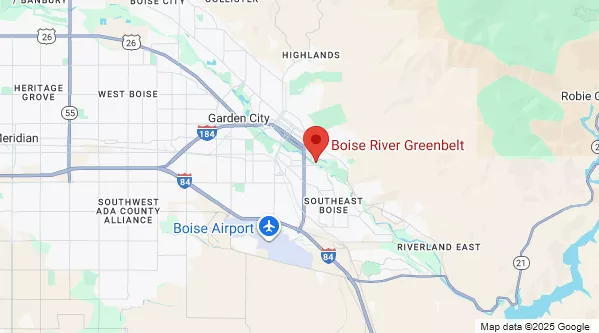
Pedestrians often feel rushed or unsafe, especially during peak hours when serious cyclists dominate the narrow pathways.
Want me to save you some frustration? The “natural” experience is frequently interrupted by urban noise, traffic, and commercial development.
Many visitors expect a peaceful nature walk but find themselves dodging speeding bikes and dealing with poorly maintained sections of trail.
2. Basque Block, Boise
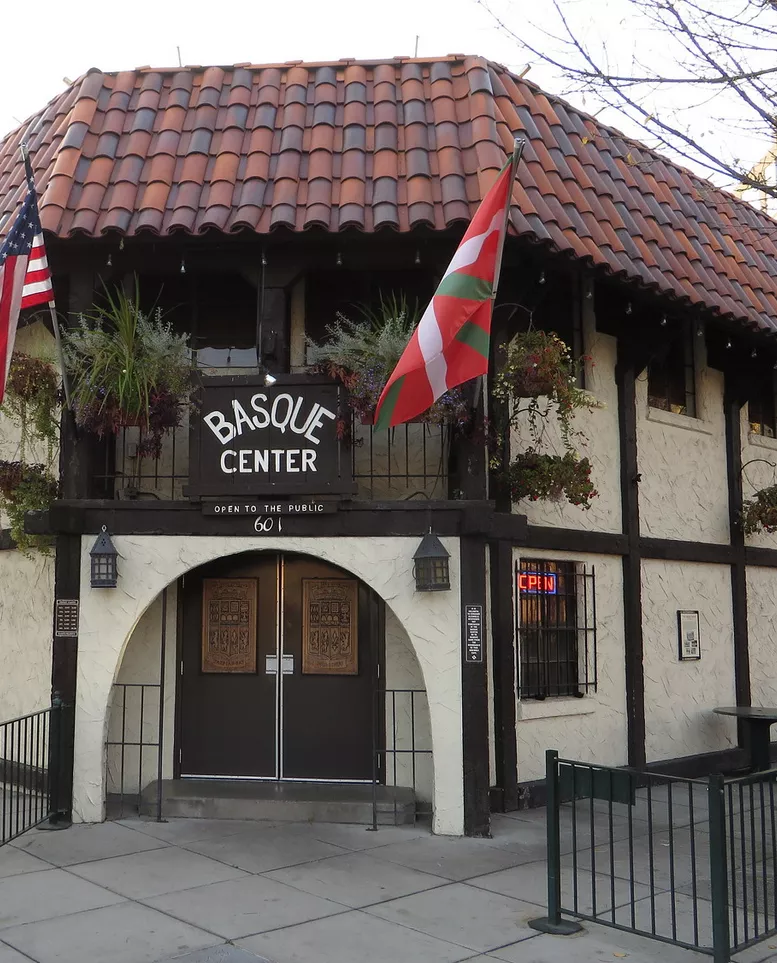
Boise’s historic Basque Block is promoted as a cultural destination celebrating the city’s Basque heritage.
Visitors are encouraged to explore authentic Basque restaurants, bars, and cultural sites in this designated historic district.
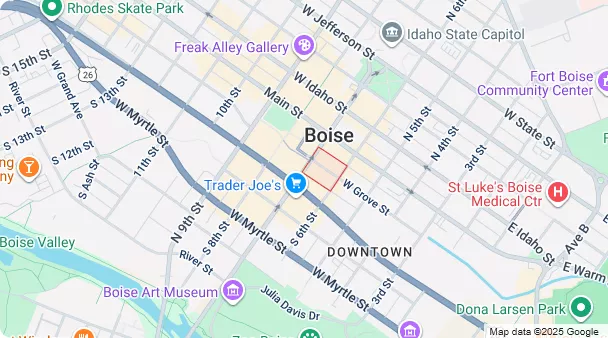
Many tourists arrive expecting a vibrant cultural quarter with multiple authentic experiences and activities.
Instead, they often find just a few expensive restaurants and bars clustered around a single city block with limited historical interpretation.
You’re better off researching specific Basque cultural events before visiting, as the “block” itself offers little in terms of educational content about Basque culture.
The restaurants, while serving Basque-inspired food, often cater more to tourists than locals, with prices reflecting their captive audience rather than authentic value.
3. Bear World, Rexburg

This drive-through wildlife park promises close encounters with bears and other animals in a natural setting.
The facility heavily markets the opportunity to see bears up close from the safety of your vehicle.
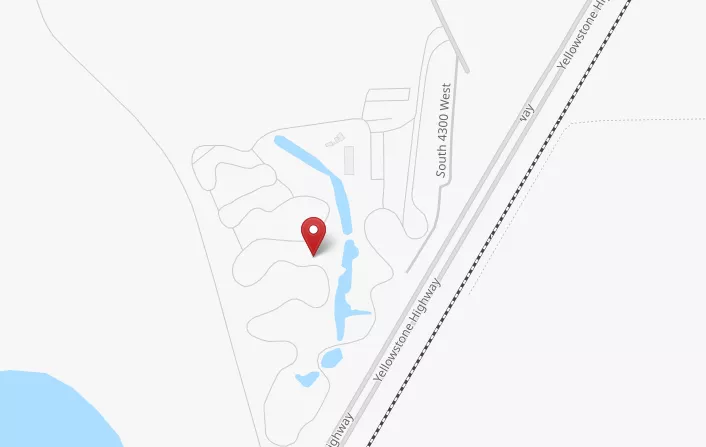
I made a classic mistake of visiting during mid-afternoon. What many visitors don’t realize is that the bears are most active in early morning or evening hours. During peak daytime hours, most animals are sleeping and barely visible.
You’re better off researching the best viewing times before planning your visit. Additional attractions like the petting zoo and amusement rides feel disconnected from the wildlife experience and add significant costs beyond the already expensive entry fee.
Why It’s Disappointing: High admission prices often deliver views of sleeping bears partially hidden in the shade, while the most interesting activities require additional fees.
4. Sun Valley Boutiques, Idaho
Sun Valley is known as an upscale resort destination in Idaho, attracting celebrities and wealthy tourists year-round. The area features numerous boutique shops selling everything from designer clothing to local artisan goods.
Many visitors report feeling shocked by the extremely inflated prices at these establishments. What might cost a reasonable amount elsewhere suddenly carries a premium “resort tax” just because of the location.
The food scene suffers from the same issue – mediocre meals often come with five-star price tags. Want me to save you some money? Consider visiting during off-peak seasons when some shops offer sales, or explore the surrounding natural beauty instead of the commercial district.
Why It’s Disappointing: The overpriced boutiques and restaurants rarely deliver experiences that justify their premium costs, leaving many tourists feeling taken advantage of.
5. Idaho Potato Museum, Blackfoot
The Idaho Potato Museum in Blackfoot celebrates the state’s famous agricultural product. Inside, you’ll find exhibits on potato history, growing techniques, and even a giant potato sculpture perfect for photos.
While the concept sounds quirky and fun, many visitors find the actual museum experience underwhelming for the admission price. The exhibits are relatively small and can be viewed completely in under 30 minutes.
You’re better off experiencing Idaho’s potato heritage by visiting a local farm or enjoying fresh potato dishes at family-owned restaurants throughout the state. The gift shop sells potato-themed souvenirs that most find overpriced and unnecessary.
The Tourist Trap Reality: A quick walkthrough of basic exhibits hardly justifies the drive to Blackfoot for most visitors, especially those expecting an immersive agricultural experience.
6. Big Idaho Potato Hotel, Boise
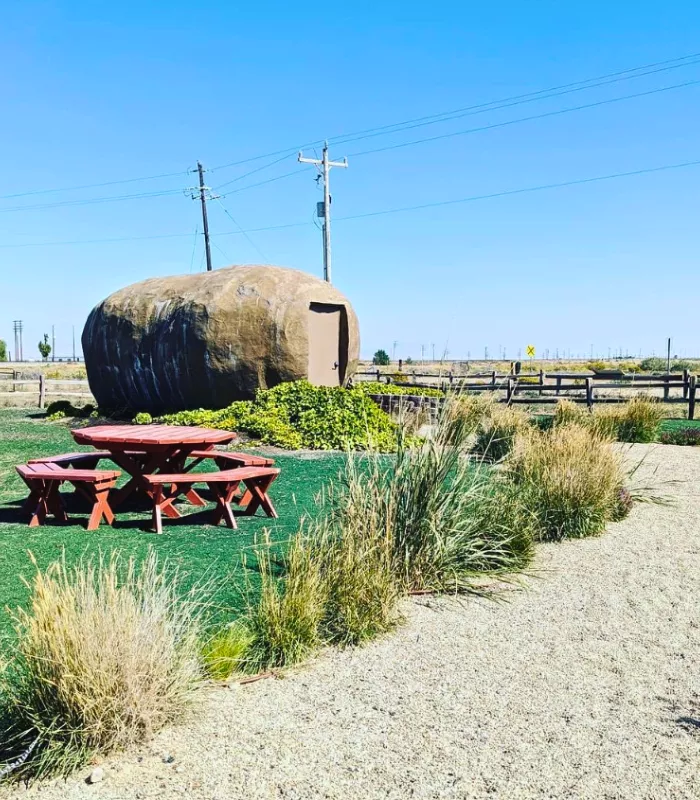
This unique Airbnb shaped like a giant potato gained internet fame after being featured on various travel websites and social media. Originally a traveling marketing prop for the Idaho Potato Commission, it was eventually converted into a tiny rental accommodation.
While the exterior makes for a great photo opportunity, guests often report that the novelty wears off quickly. The cramped interior space and basic amenities don’t always justify the premium price tag.
That’s why it’s worth considering whether you want to spend your vacation budget on a single night in a potato-shaped room or explore more of what Idaho has to offer. The location also lacks privacy, with curious onlookers sometimes stopping by to take photos.
Why It’s On This List: High rates for a novelty experience that lasts only as long as it takes to snap a few photos for social media.
7. Shoshone Falls During Low Flow, Twin Falls
Often called the “Niagara of the West,” Shoshone Falls stands an impressive 212 feet tall – actually higher than Niagara Falls. During peak flow seasons, usually spring and early summer, the falls are truly spectacular.
I made a classic mistake of visiting in late August. What many tourists don’t realize is that water flow is heavily dependent on the season and dam operations upstream. During late summer and fall, the falls can be reduced to a mere trickle.
You’re better off checking the flow rates online before making the trip. Many disappointed visitors arrive after driving hours only to find dry rock faces instead of the majestic waterfalls shown in brochures and websites.
Tourist Trap Warning: Without researching water flow conditions before your visit, you risk seeing nothing more than a cliff with a few streams of water instead of the magnificent waterfall advertised.
8. Oasis Bordello Museum, Wallace
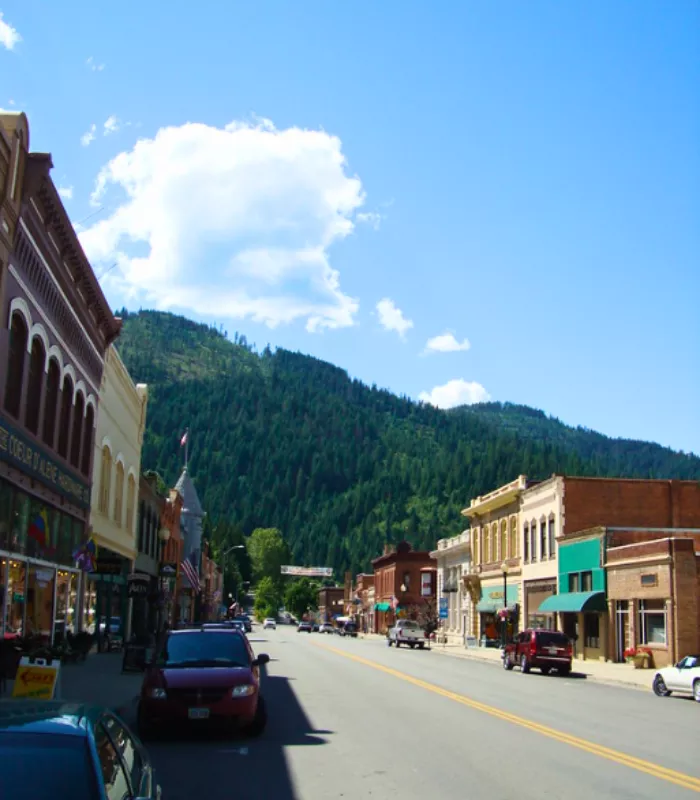
This unusual museum preserves a former brothel that operated until 1988, when it was suddenly abandoned during an FBI raid. The building supposedly remains exactly as it was left, creating a time capsule of the late 1980s.
Many visitors find the tour rushed and superficial. The guides often focus more on sensationalism than historical context, and photography restrictions prevent documenting much of what you’re paying to see.
Want me to tell you the truth? The $10 admission fee grants access to just a few rooms with period furnishings that could be found in any vintage store. The “preserved” nature of the site feels exaggerated once you’re actually inside.
Why It’s On This List: The museum relies heavily on its titillating subject matter rather than delivering substantive historical value or educational content.
9. Spud Drive-In Theater, Driggs

This vintage drive-in theater features a giant potato on a flatbed truck as its landmark attraction. Many tourists stop for photos with the massive spud, especially those traveling to nearby Grand Teton National Park.
The novelty of the giant potato quickly wears off, and the actual movie-watching experience can be disappointing. The audio quality through car radios is often poor, and the screen visibility varies greatly depending on where you park.
You’re better off enjoying the free photo opportunity with the giant potato during daylight hours. Paying for a full movie experience often results in disappointment due to technical limitations and the basic concession offerings.
Tourist Trap Reality: While the giant potato makes for a fun photo stop, the actual theater experience rarely meets modern entertainment standards.
10. Hell’s Canyon Visitor Center, Riggins

Despite being located near North America’s deepest river gorge, this visitor center fails to deliver the educational experience most tourists expect. The facility is surprisingly small with limited exhibits about the impressive natural landmark.
The center doesn’t actually offer views of Hell’s Canyon itself. Many disappointed visitors discover they need to drive significantly farther to viewing points after stopping at the visitor center.
That’s why it’s important to research actual canyon viewpoints before your trip. The gift shop sells overpriced souvenirs, and the outdated interpretive displays don’t provide the comprehensive information most travelers seek about this natural wonder.
The Tourist Trap Truth: A visitor center that doesn’t provide views of its namesake attraction and offers minimal educational value beyond what could be found online.
11. Lava Hot Springs Water Park, Idaho

Lava Hot Springs promotes itself as a premier destination for relaxation and family fun. The water park features slides and pools that attract thousands of visitors during summer months.
Overcrowding is a serious issue during peak season. Lines for slides can stretch up to an hour long, and finding a spot to place your towel becomes nearly impossible on weekends.
You’re better off visiting during weekdays or in early June before school lets out. Many visitors complain about the high entrance fees that don’t match the actual experience, especially when factoring in additional costs for lockers and food.
Why It’s On This List: The combination of high prices, massive crowds, and limited facilities creates an experience that rarely lives up to the promotional materials.
12. Silverwood Theme Park, Athol
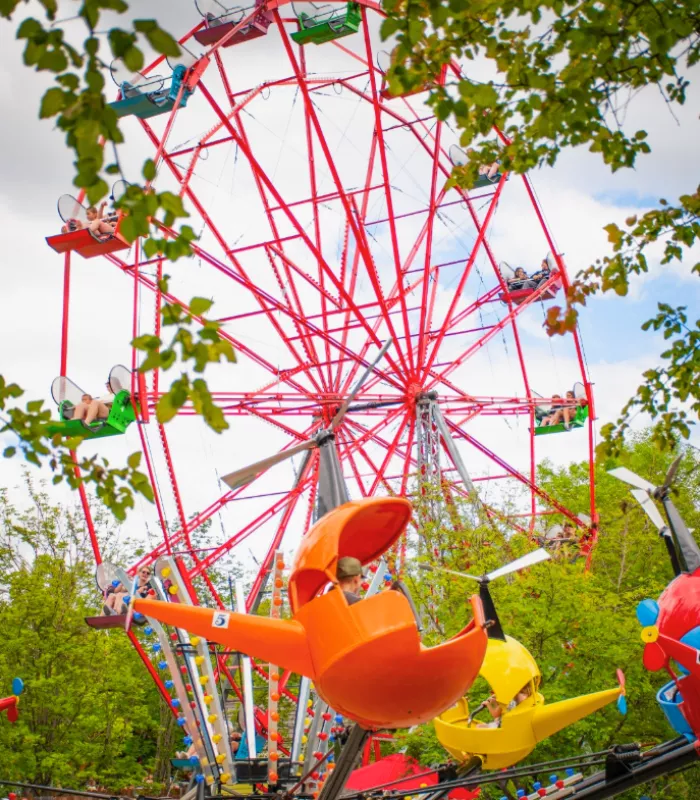
Silverwood bills itself as the Northwest’s largest theme park with over 70 rides and attractions. Located near Coeur d’Alene, it draws visitors from across Idaho and neighboring states.
I made a classic mistake of visiting during a holiday weekend. The park becomes so crowded that wait times for popular rides can exceed two hours, meaning you might only experience 5-6 attractions during an entire day.
That’s why savvy visitors avoid weekends and holidays altogether. Food prices inside the park are significantly inflated, with basic meals costing nearly three times what you’d pay outside. The “express pass” option feels like paying extra just to have a normal theme park experience.
Tourist Trap Reality: High admission prices combined with expensive food and excessive wait times create poor value for most families.
13. Old Idaho Penitentiary, Boise
This former prison operated from 1872 to 1973 and now serves as a historic site offering tours of cell blocks, gallows, and solitary confinement areas. The concept sounds fascinating for history buffs.
Many visitors find the self-guided tours lacking in substance and context. Without hiring a private guide (at additional cost), you’re left to wander through mostly empty buildings with minimal information.
Want me to save you some disappointment? Research the history before visiting or time your visit during one of their special events. Regular admission provides access to buildings that have been stripped of most original features, leaving little to actually see.
The Tourist Trap Truth: Without proper context or guided interpretation, most visitors leave feeling they’ve paid to walk through empty, deteriorating buildings.
14. Bruneau Sand Dunes State Park, Bruneau

Home to North America’s tallest freestanding sand dune at 470 feet, this park sounds like an impressive natural wonder. The observatory and star-gazing opportunities are heavily promoted in tourism materials.
Many visitors arrive expecting dramatic desert landscapes similar to those in more famous dune parks. Instead, they find a relatively small area of sand hills surrounded by typical Idaho terrain.
You’re better off visiting during cooler months if you plan to climb the dunes. Summer temperatures make the sand unbearably hot, and the lack of shade throughout the park can create uncomfortable and potentially dangerous conditions for older visitors.
Why It’s Disappointing: Limited facilities, extreme temperatures, and a smaller-than-expected attraction area leave many visitors questioning whether the long drive was worthwhile.
15. Coeur d’Alene Resort Floating Green, Coeur d’Alene

This famous golf hole-the world’s only floating, movable golf green-attracts golf enthusiasts from around the country. The resort heavily markets this unique 14th hole in its promotional materials.
Playing a round at this course comes with an extremely steep price tag, often over $175 per person during peak season, plus mandatory caddie fees. Many golfers report feeling rushed through their expensive round.
That’s why it’s worth considering whether one unique hole justifies the premium cost. Non-golfers in your party will find little to do while waiting, and photographs don’t adequately capture the experience that’s being sold at such a premium.
Tourist Trap Warning: Exorbitant greens fees for what many describe as an otherwise ordinary golf experience with one notable gimmick.
16. Atomic City, Idaho

With a name like Atomic City, tourists often expect a fascinating destination related to nuclear history. This tiny town of fewer than 30 residents was once home to workers at the nearby Idaho National Laboratory.
I made a classic mistake of driving miles out of my way to visit. Despite its intriguing name, there’s virtually nothing to see or do in Atomic City today. No museums, no visitor centers, and barely any businesses remain operational.
You’re better off visiting the Idaho National Laboratory’s visitor center in Idaho Falls instead. The handful of abandoned buildings in Atomic City offer little insight into the area’s nuclear history without additional context or preservation efforts.
The Reality Check: A fascinating name on the map leads to a ghost town with almost no tourist infrastructure or historical interpretation.
17. Idaho City Historic Buildings, Idaho City
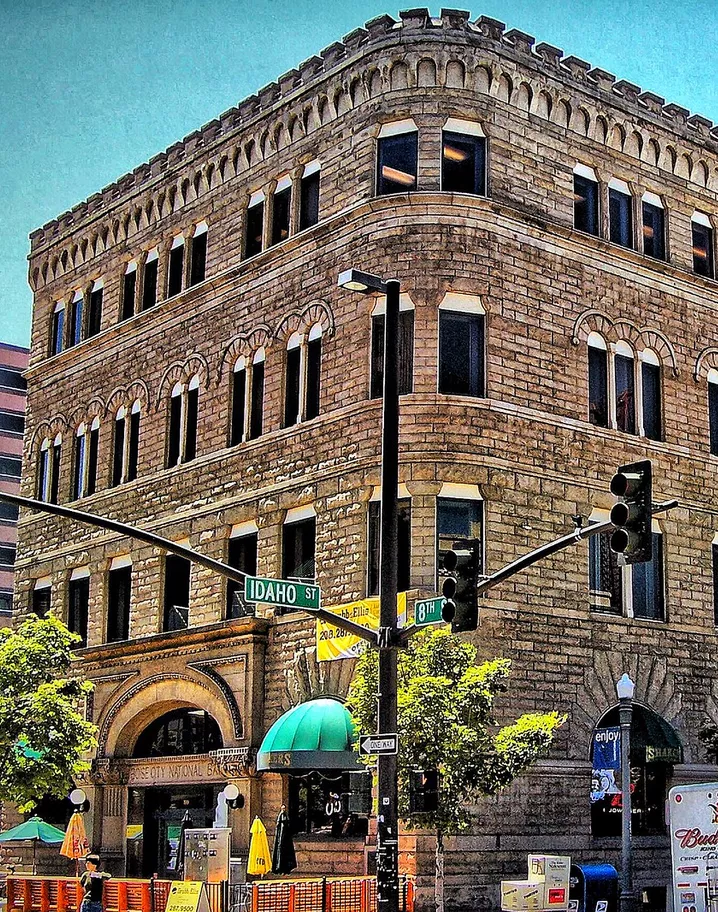
Idaho City markets itself as a historic mining town with well-preserved 19th-century buildings and authentic Old West atmosphere. Tourism materials promote it as a step back in time with historic saloons, museums, and mining heritage sites.
Many of the “historic” buildings are actually reconstructions or heavily modified structures that bear little resemblance to their original forms. Visitors often find overpriced gift shops selling mass-produced souvenirs instead of authentic historical experiences.
I made a classic mistake of expecting a genuine historic district based on the marketing materials. You’re better off researching which buildings are actually original before making the drive. The few museums charge separate admission fees and often contain displays that could be found in any small-town historical society.
18. Coeur d’Alene Lake Cruises, Coeur d’Alene
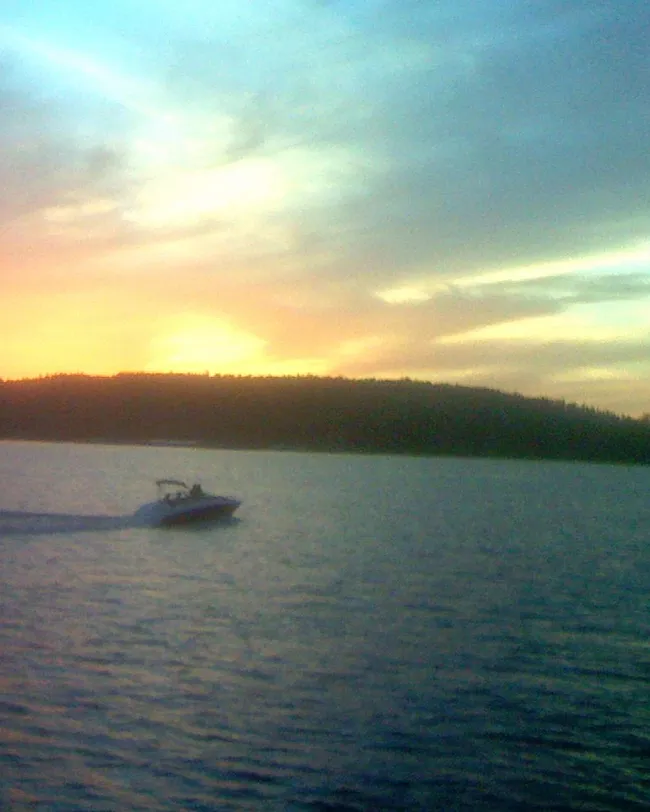
Lake Coeur d’Alene is undeniably beautiful, and numerous companies offer scenic boat tours promising breathtaking views and relaxing experiences on Idaho’s pristine waters. The marketing emphasizes luxury cruising and world-class scenery.
Many visitors don’t realize these cruises are often overcrowded, with packed boats making it difficult to enjoy the scenery or find good photo spots. During peak season, you’ll spend more time jostling for position than relaxing and enjoying the views.
That’s why it’s worth considering whether the high ticket prices (often $40+ per person for basic tours) justify what amounts to a crowded boat ride on a lake you can view for free from numerous shoreline locations. The commentary is often repetitive, and the “gourmet” dining options are typically overpriced cafeteria-style food.
19. Craters of the Moon, Idaho
Craters of the Moon National Monument and Preserve is often touted as a must-see attraction in Southern Idaho. The landscape features cooled lava and sagebrush that supposedly resembles the moon’s surface.
Visitors frequently complain that it’s not worth the long drive for what you actually get to see. After the initial wonder at the unique landscape wears off, many find there isn’t much to do.
You’re better off planning a different outdoor adventure in Idaho. The separate fees beyond the entry cost and reports of litter throughout the park further diminish the experience for many travelers.
Why It’s On This List: Despite being marketed as an otherworldly experience, many visitors leave disappointed after driving hours to see what amounts to black rocks and limited attractions.
20. The Center of the Universe, Wallace
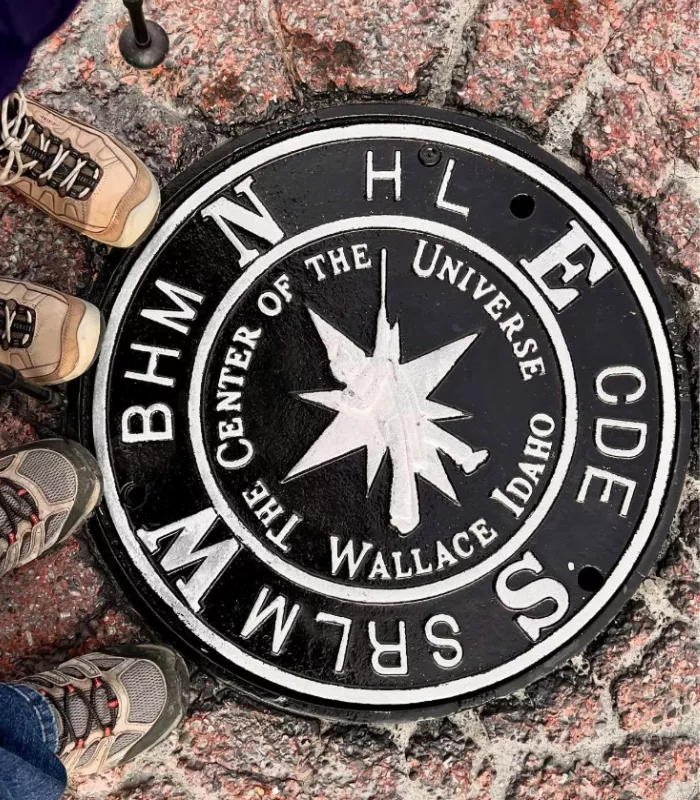
In the small town of Wallace, with a population of just 784 residents, you’ll find a manhole cover marking the “Center of the Universe.” This unusual attraction came about in 2004 when Mayor Ron Garitone made an official proclamation declaring Wallace as exactly that.
When questioned about how they know it’s truly the center of the universe, locals simply respond with “prove it’s not.”
That’s why this spot has become one of Idaho’s most famous tourist traps. It’s literally just a decorative manhole cover at the intersection of Bank Street and Sixth Street that people travel miles to see and photograph.
Tourist Trap Reality Check: While charming in concept, traveling any significant distance just to see a manhole cover might leave you wondering why you bothered.
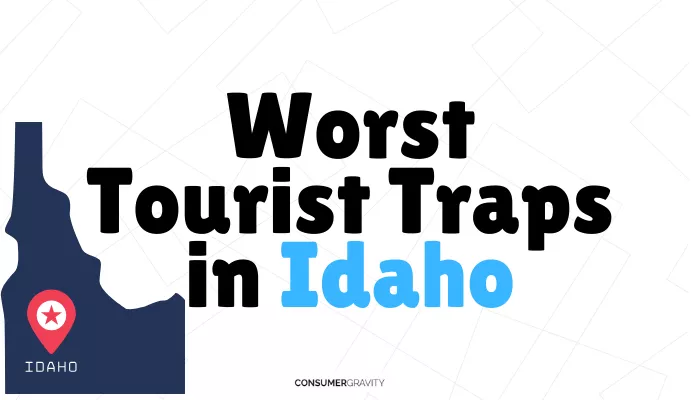

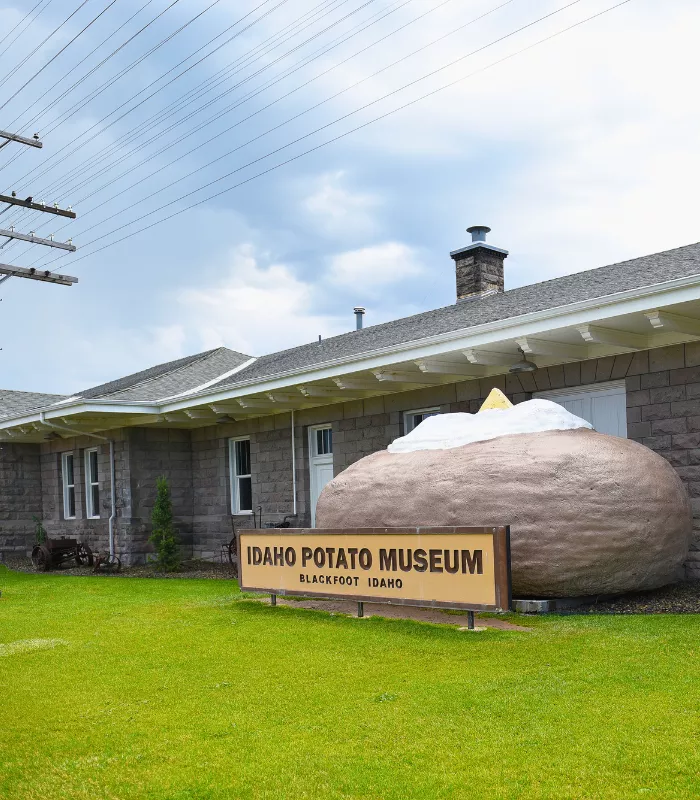

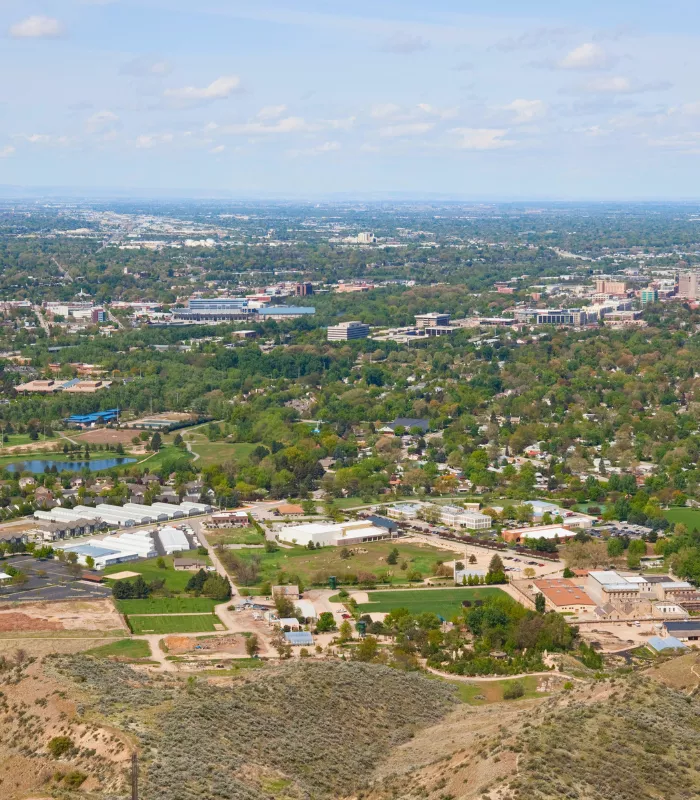
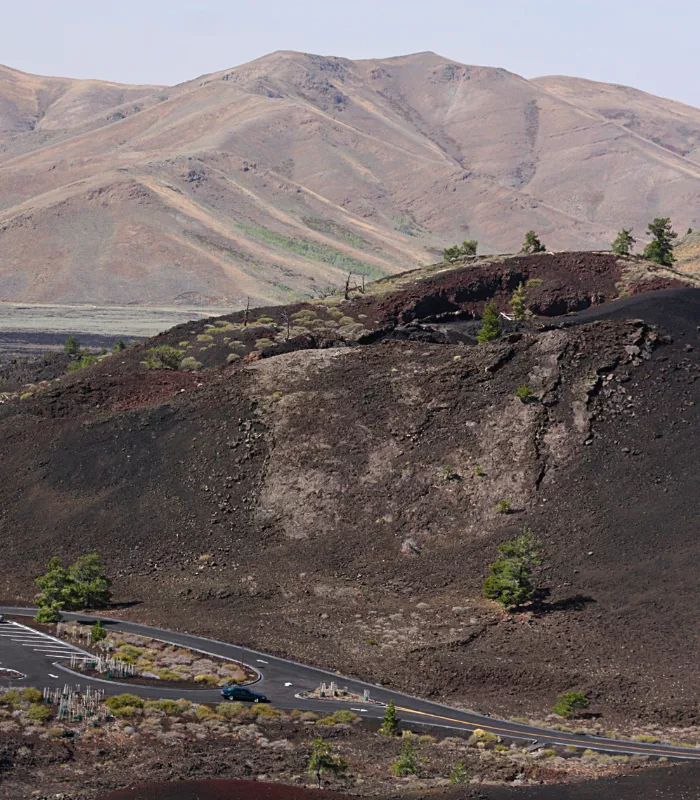
Yes they are trouts traps and in many time over priced. You need to due a little research and have a good idea of what to expect. Compared to the world famous sites like Disney Land, Disney World, and or any other place east of the Mississippi River or in California these places are great.
Yes, some are quirky, but they are what they are, no reason to be critical for that reason. One thing I disagree with is the quality of the food in Sun Valley. I have eaten there many times and have yet to be disappointed. The Pioneer is our favorite, maybe the author should try it.